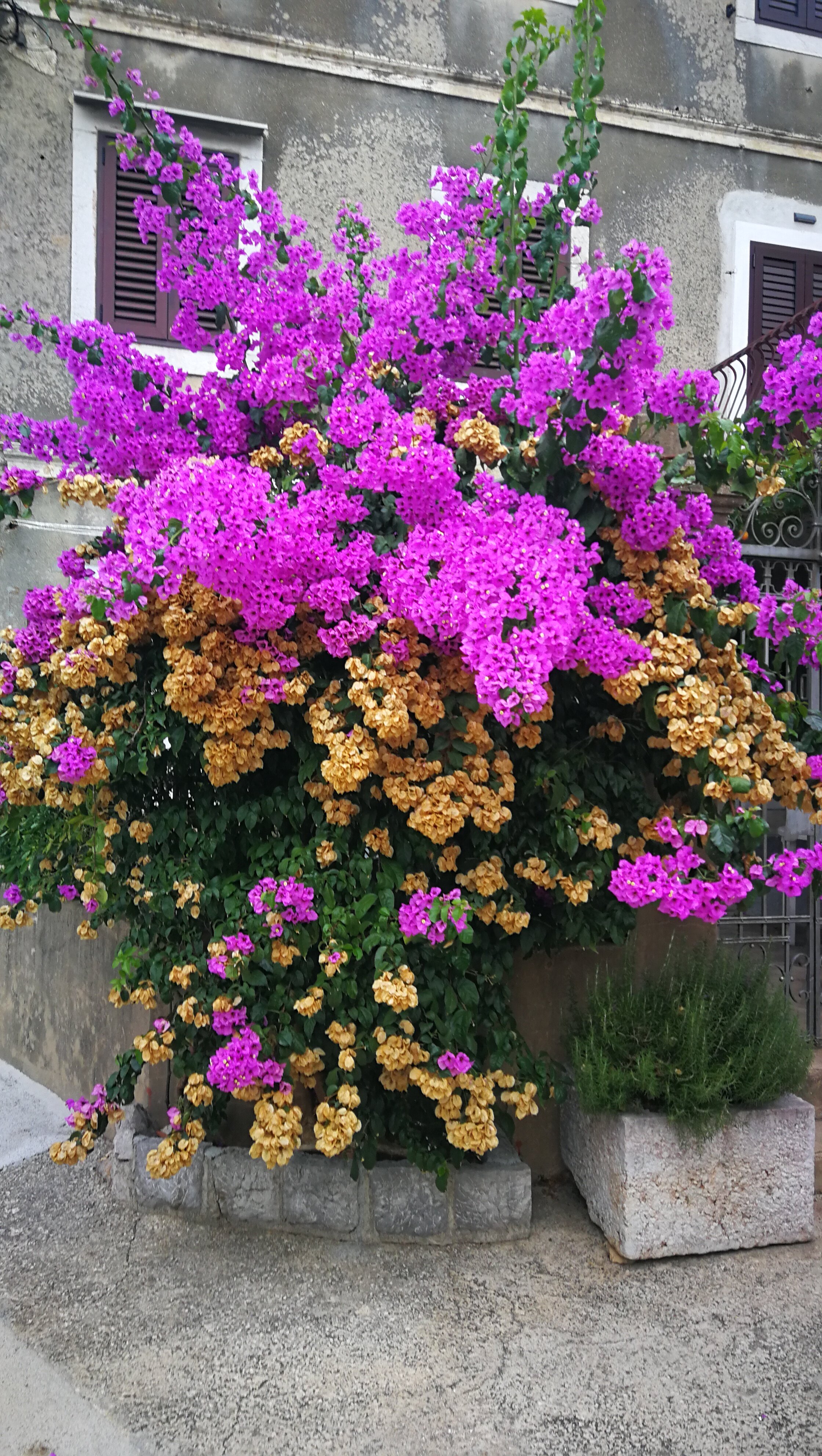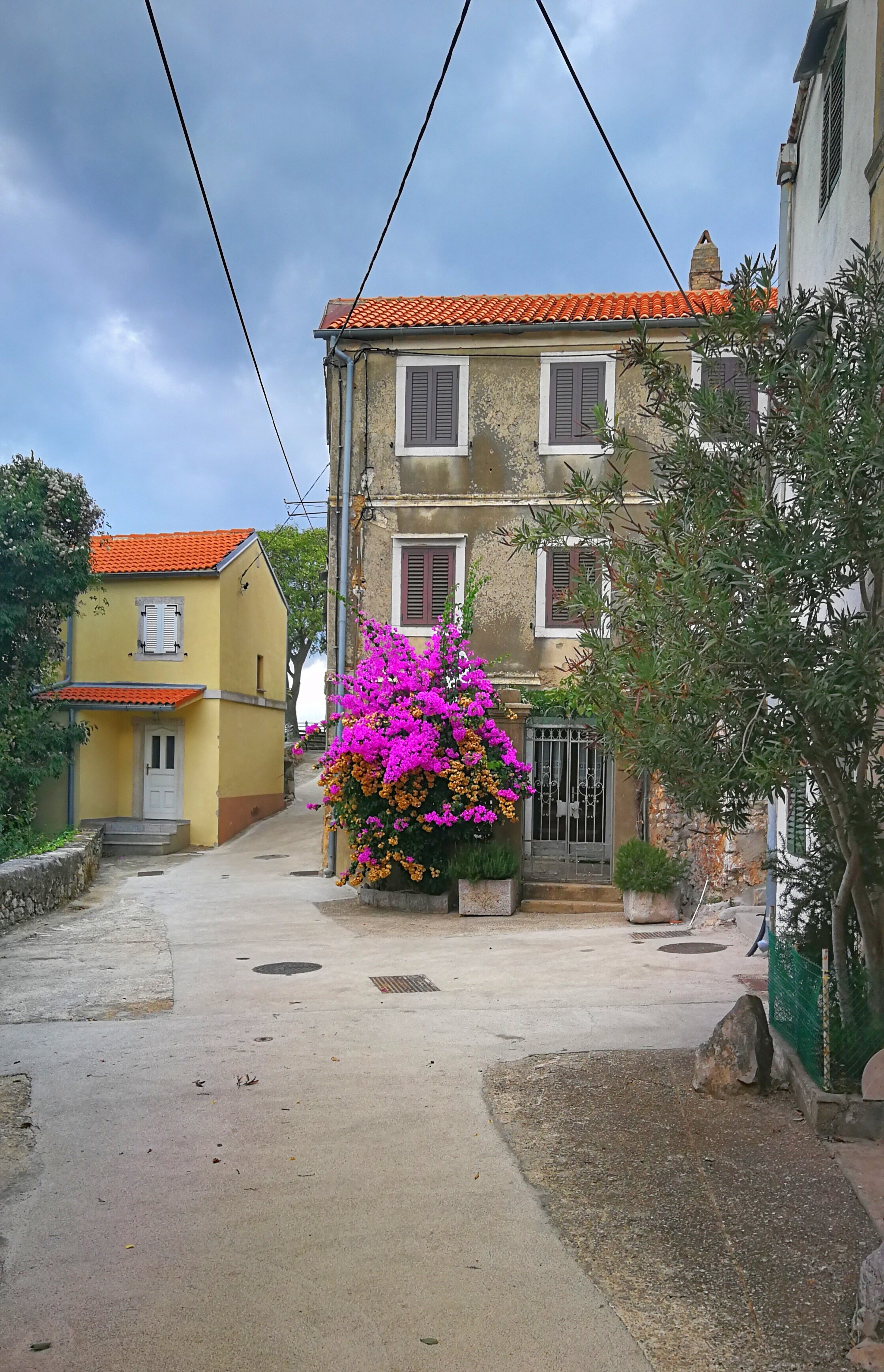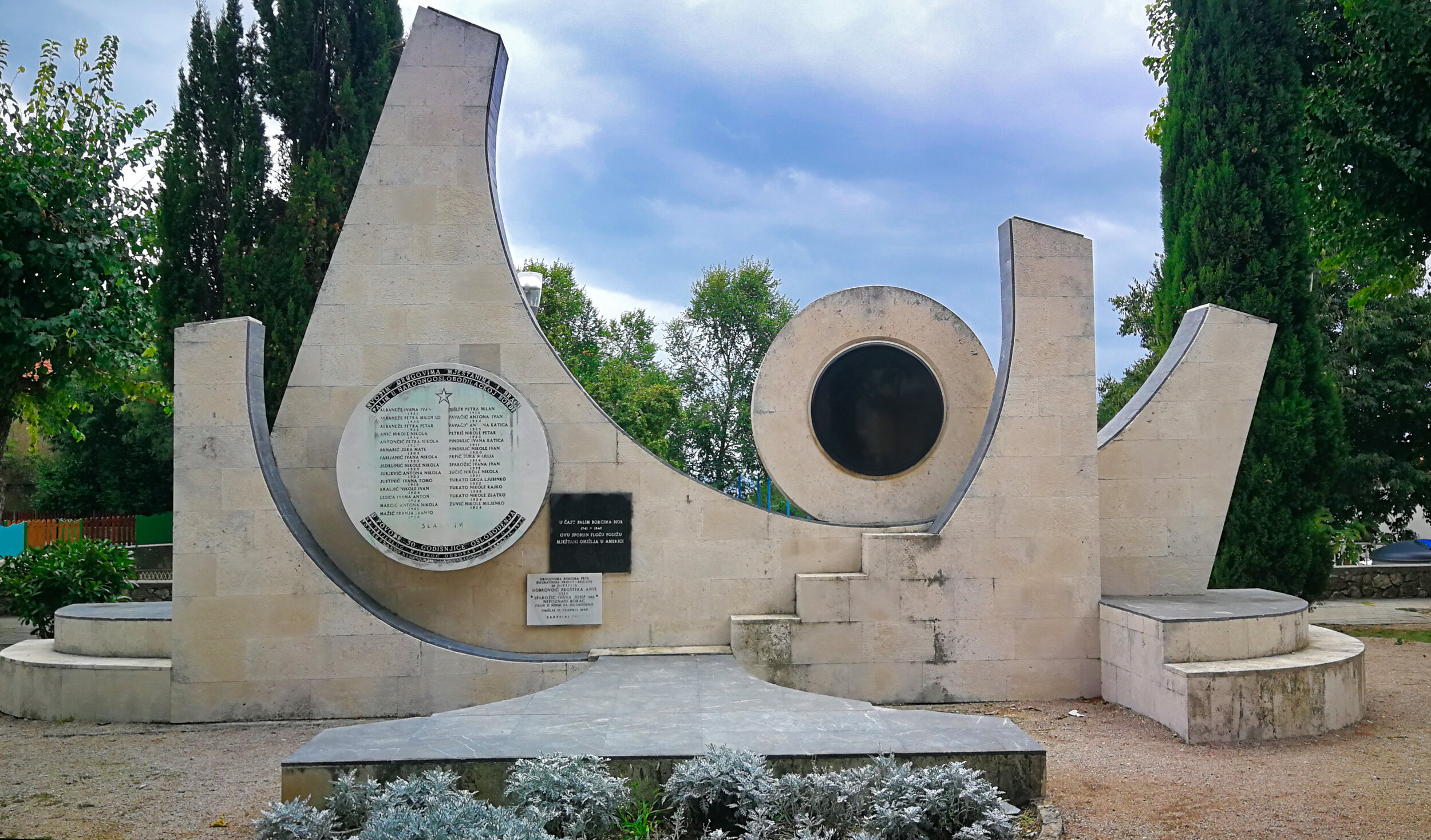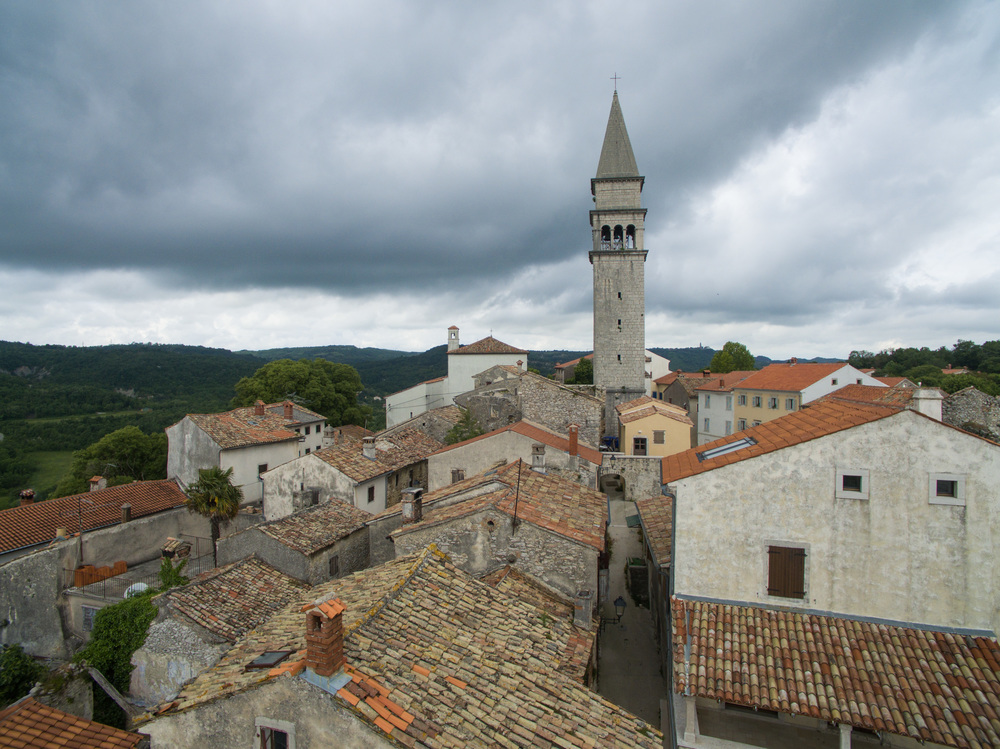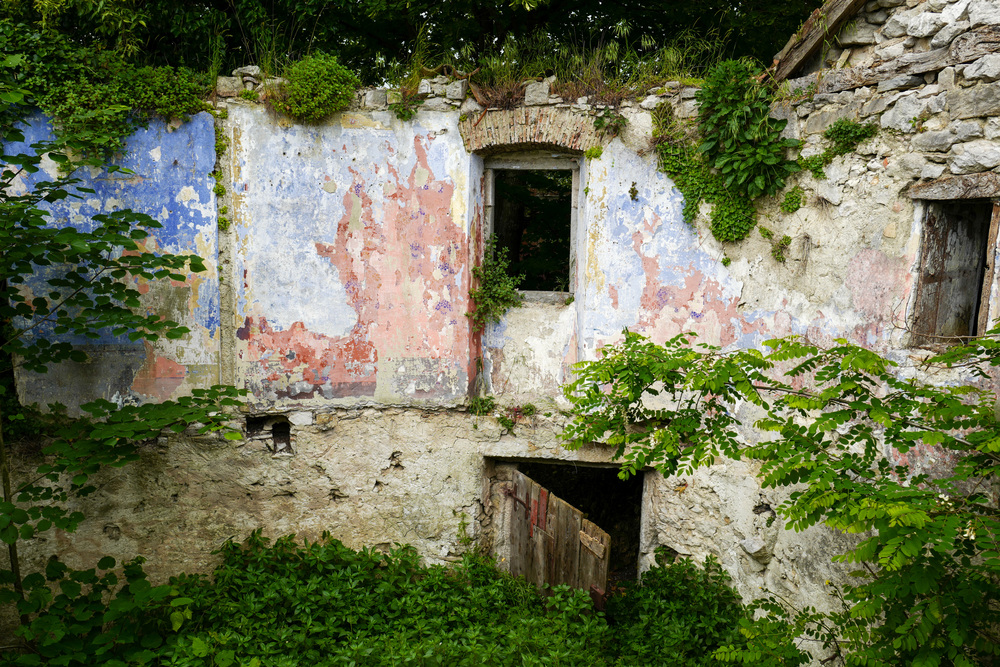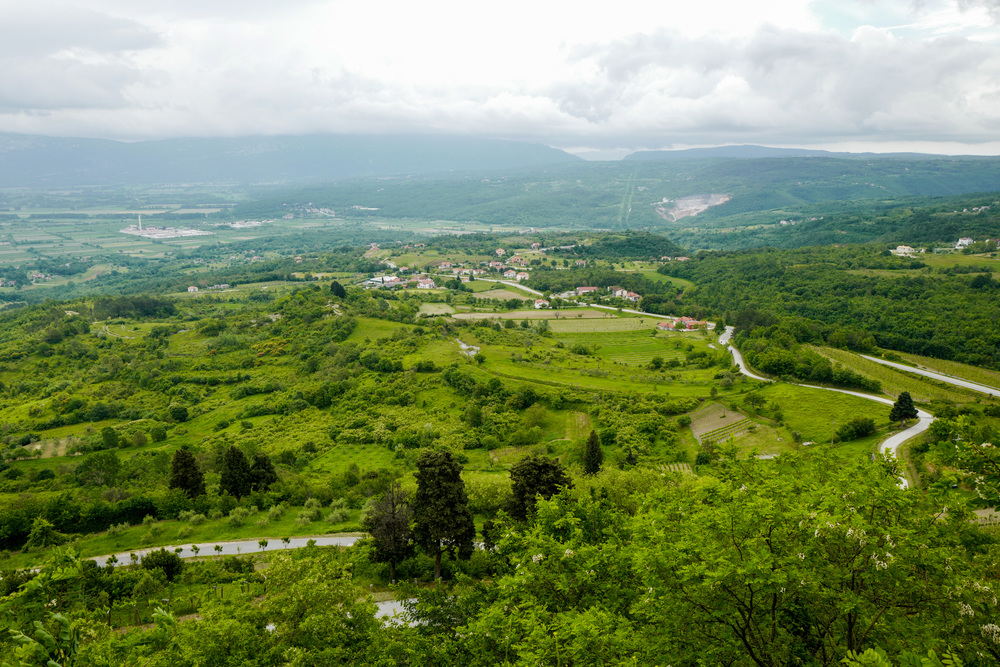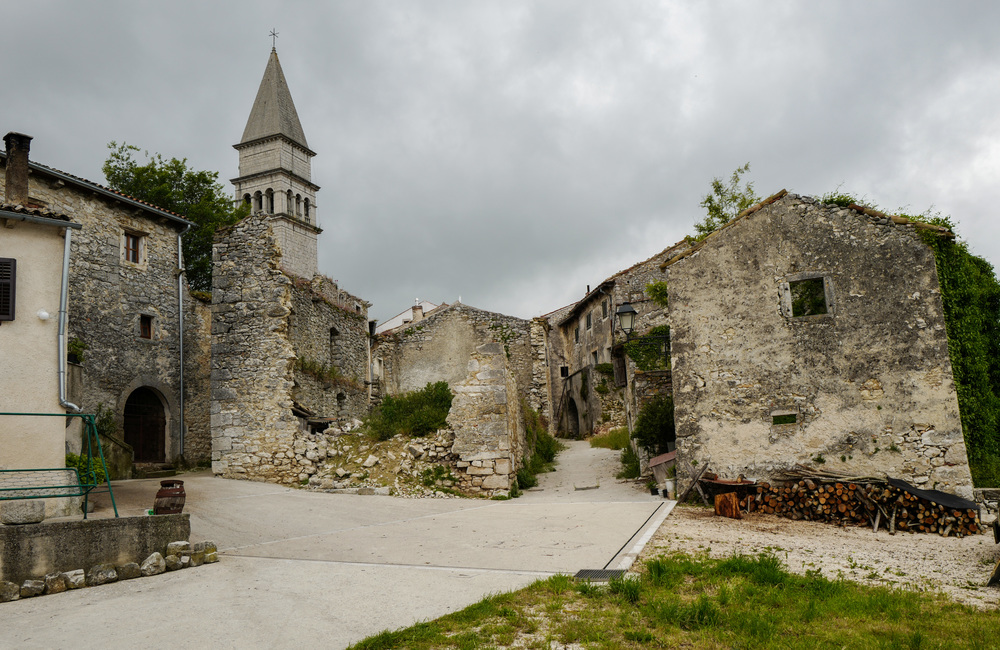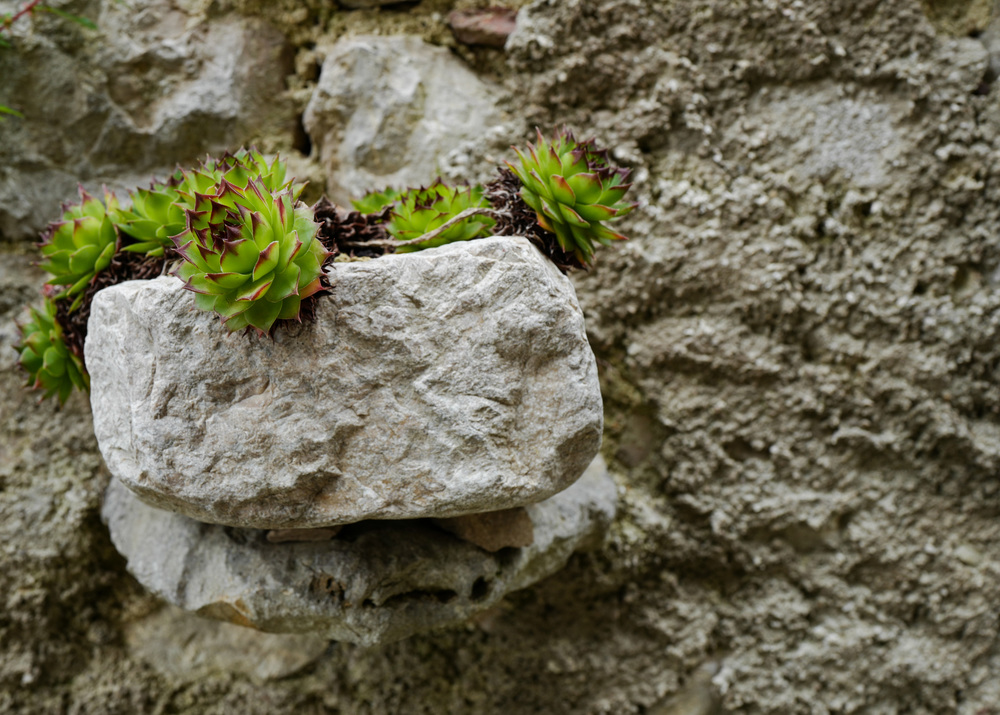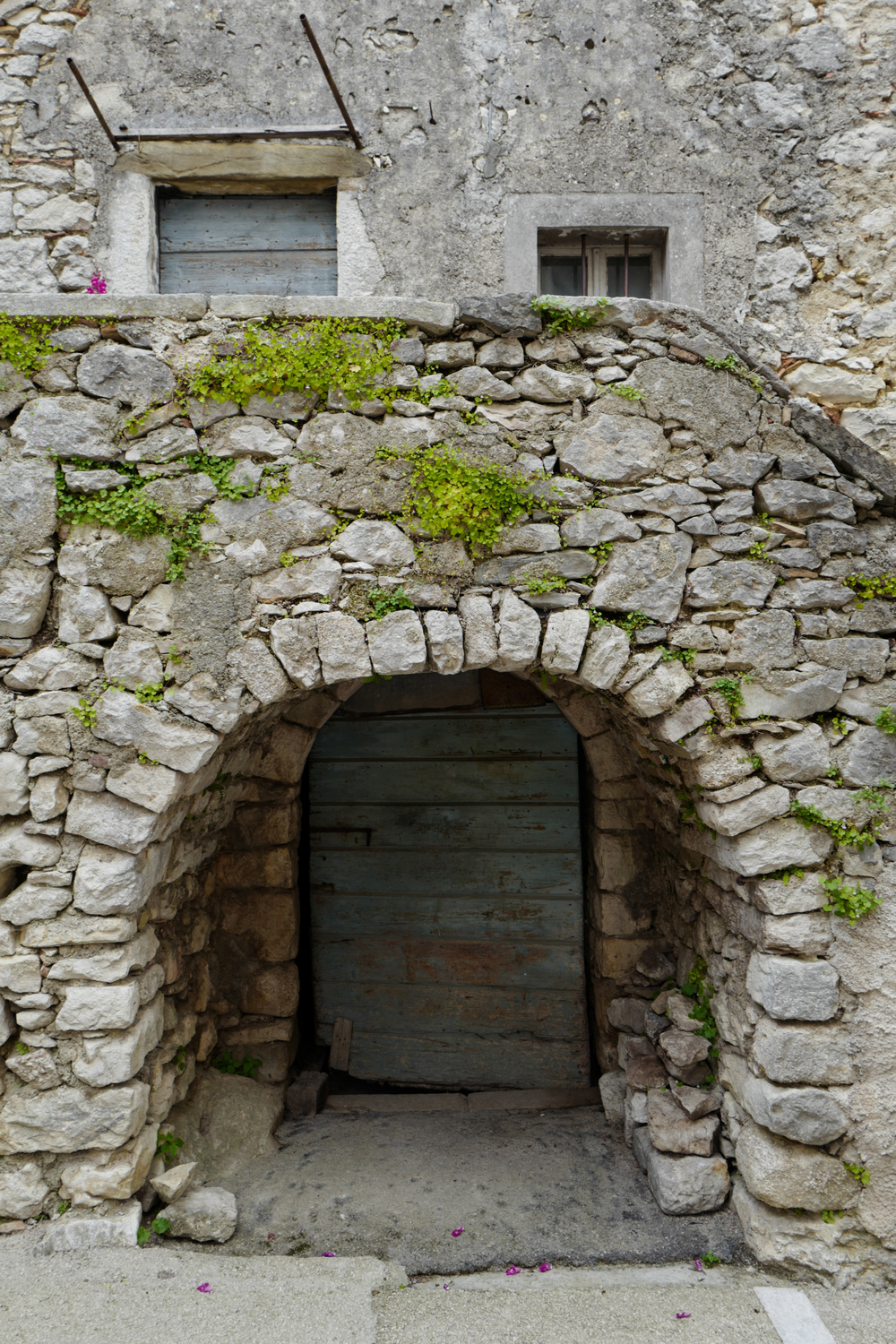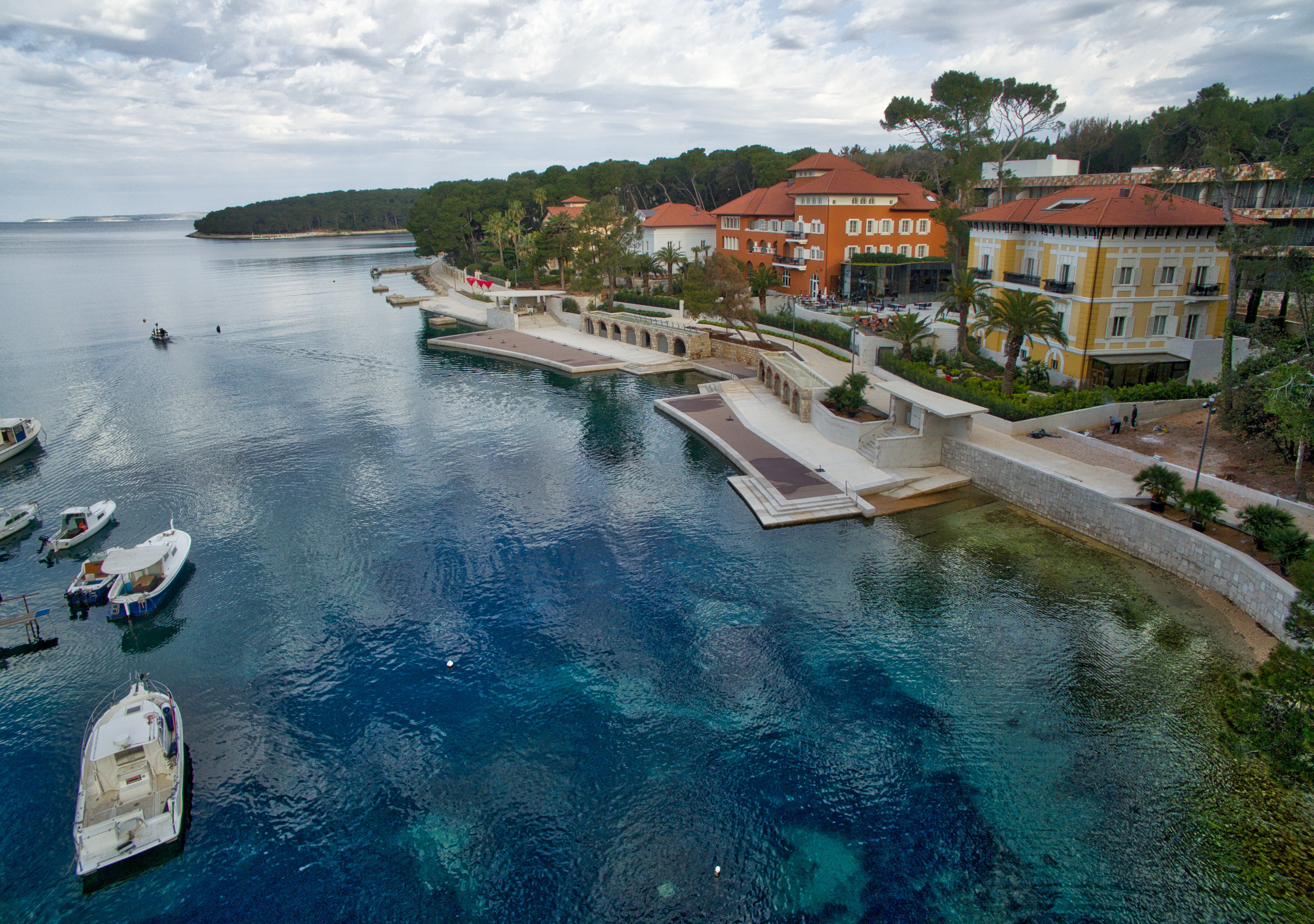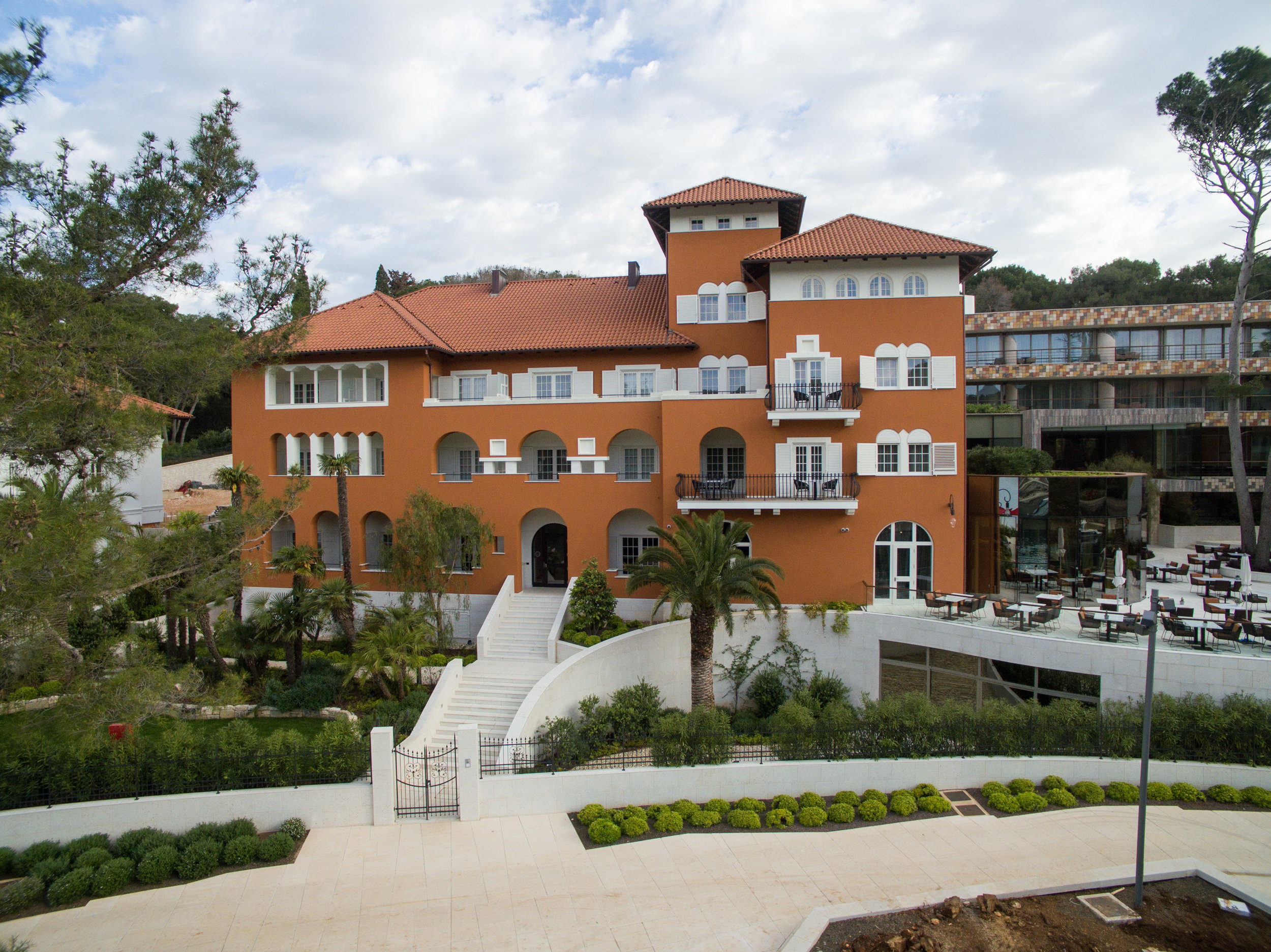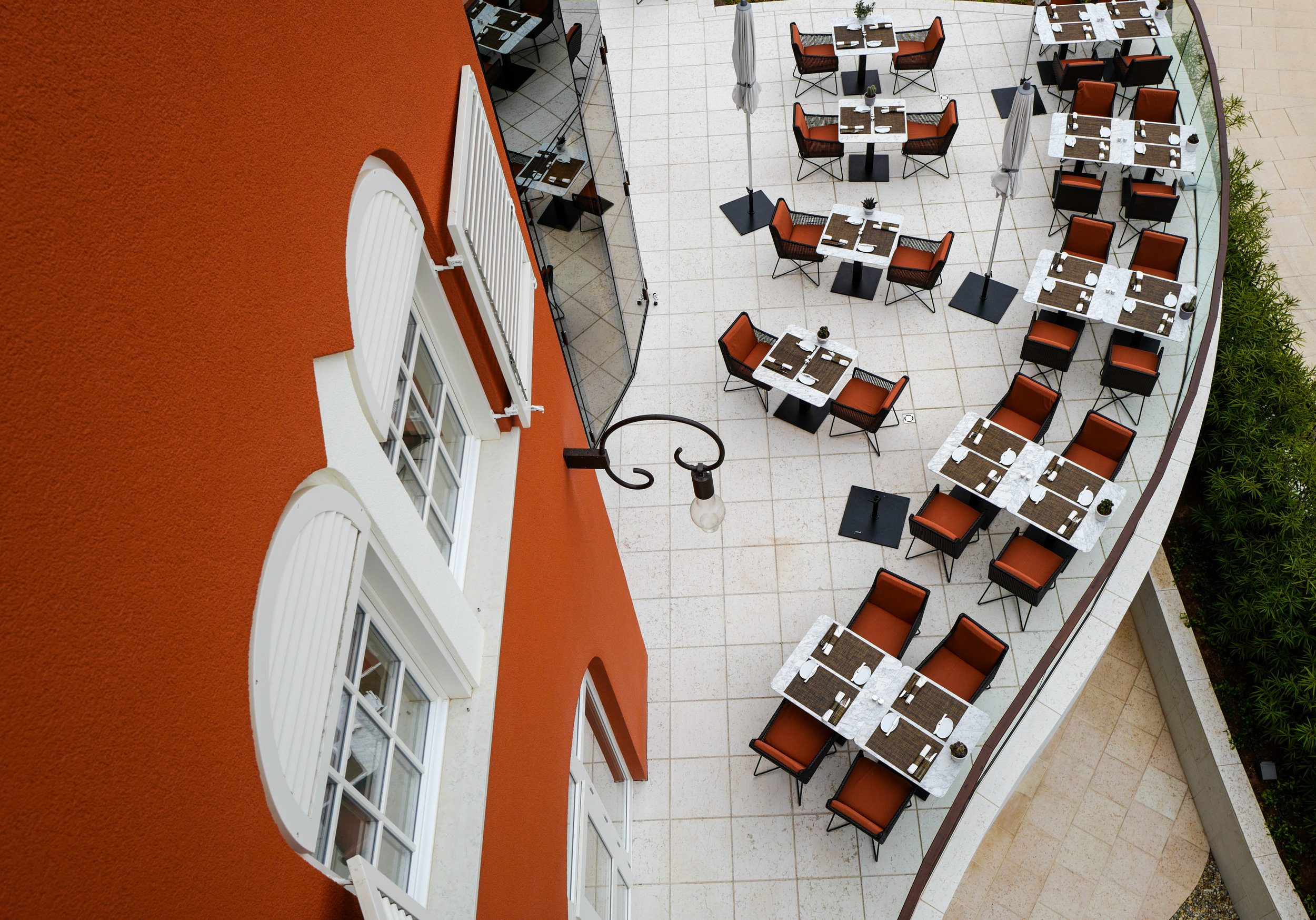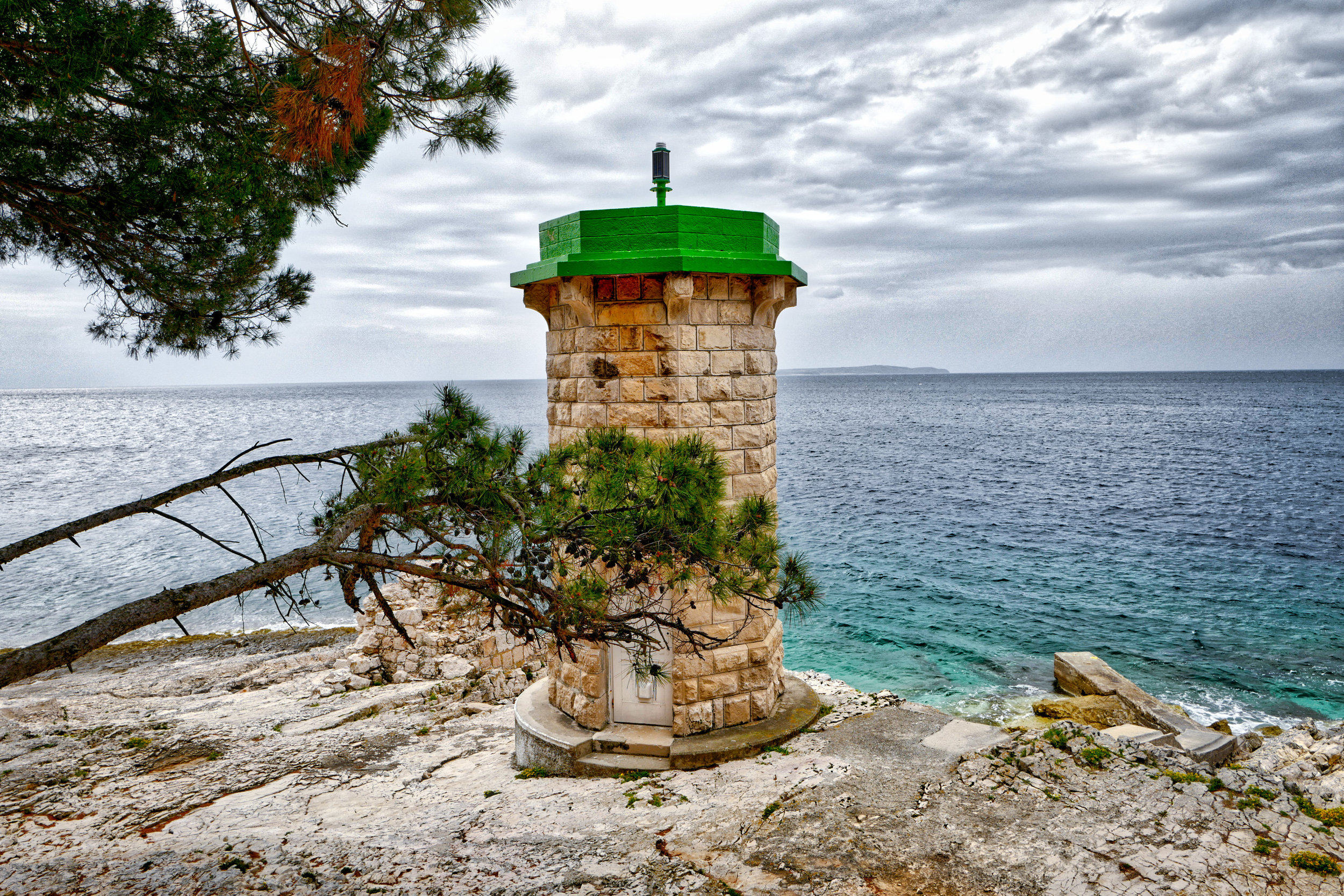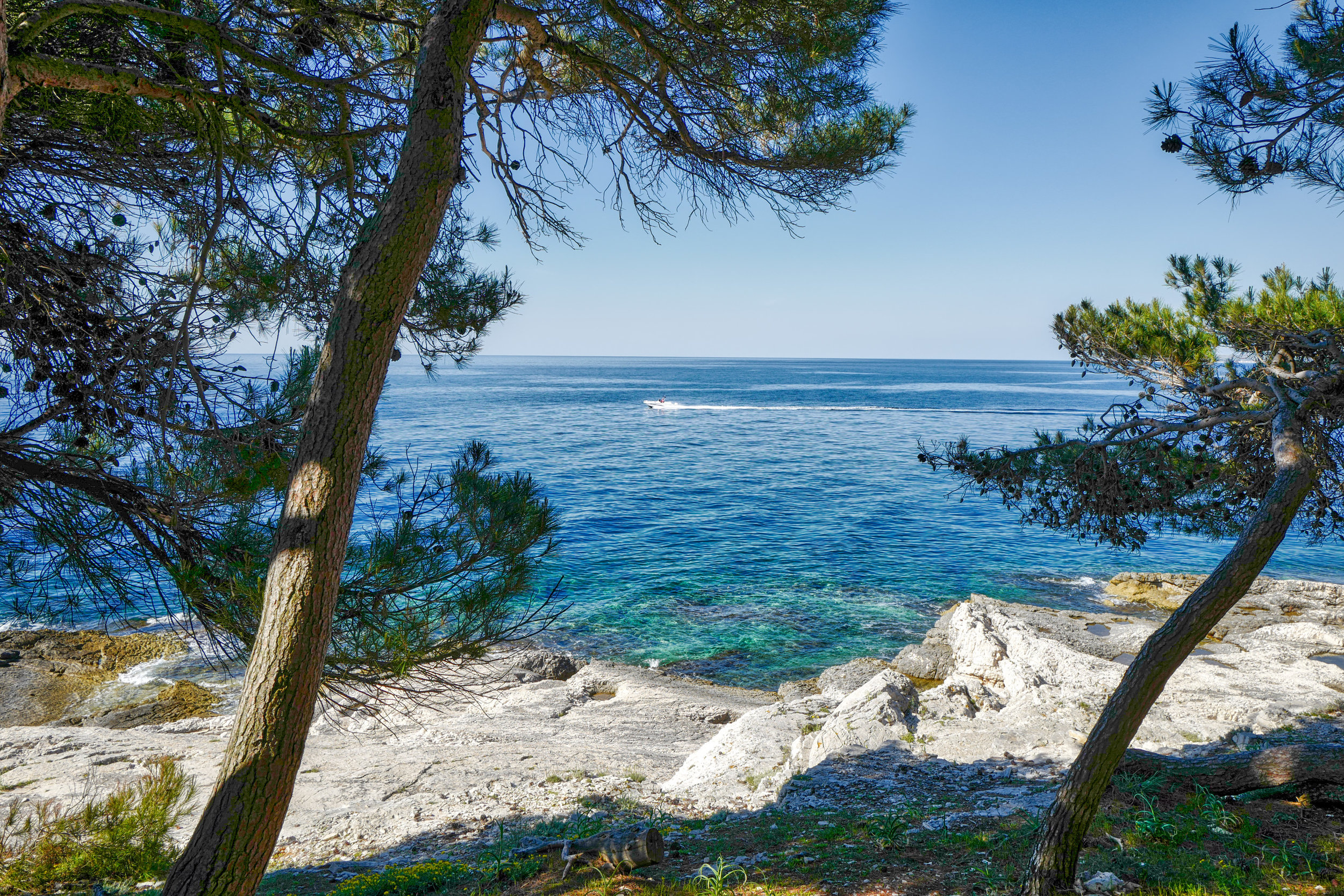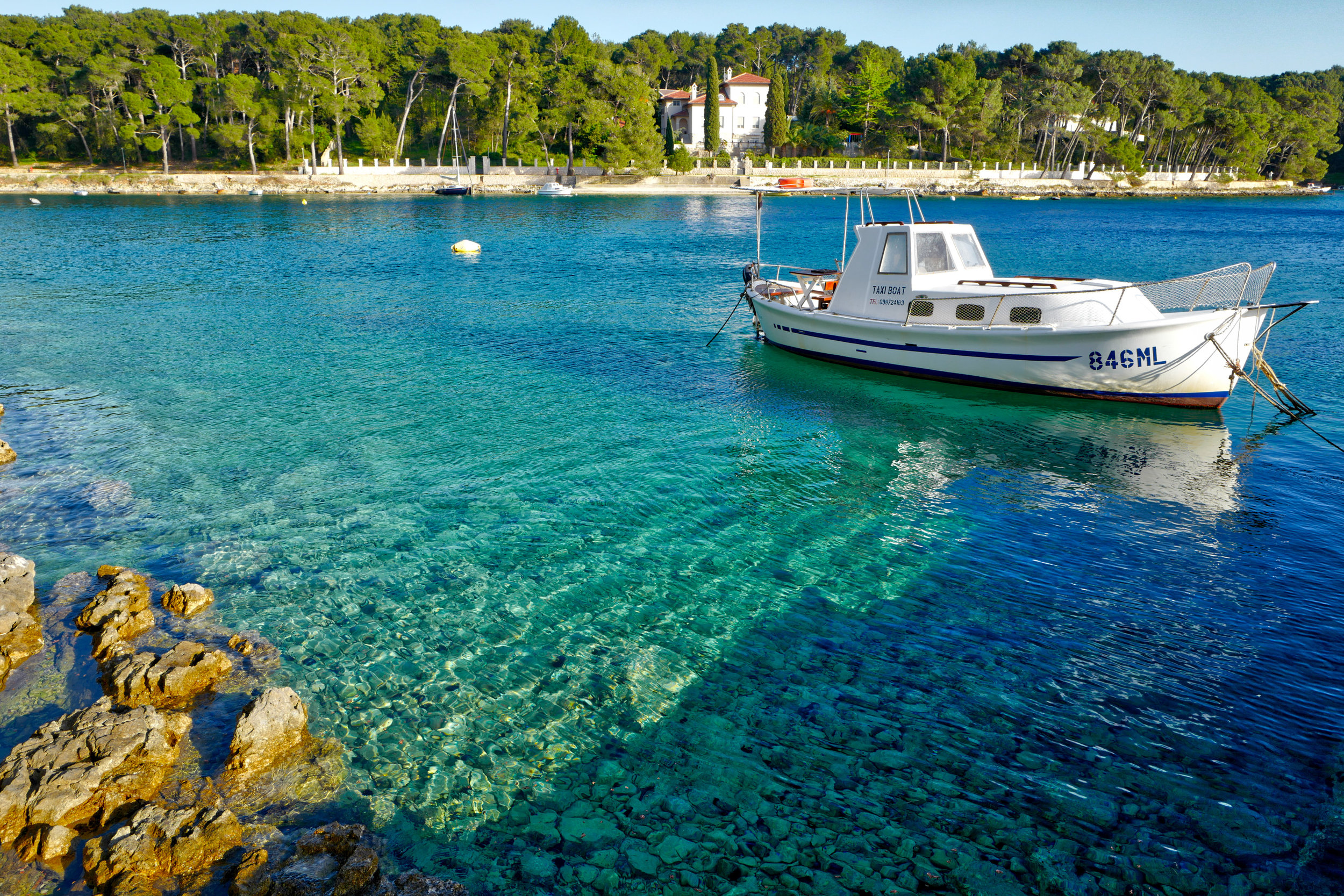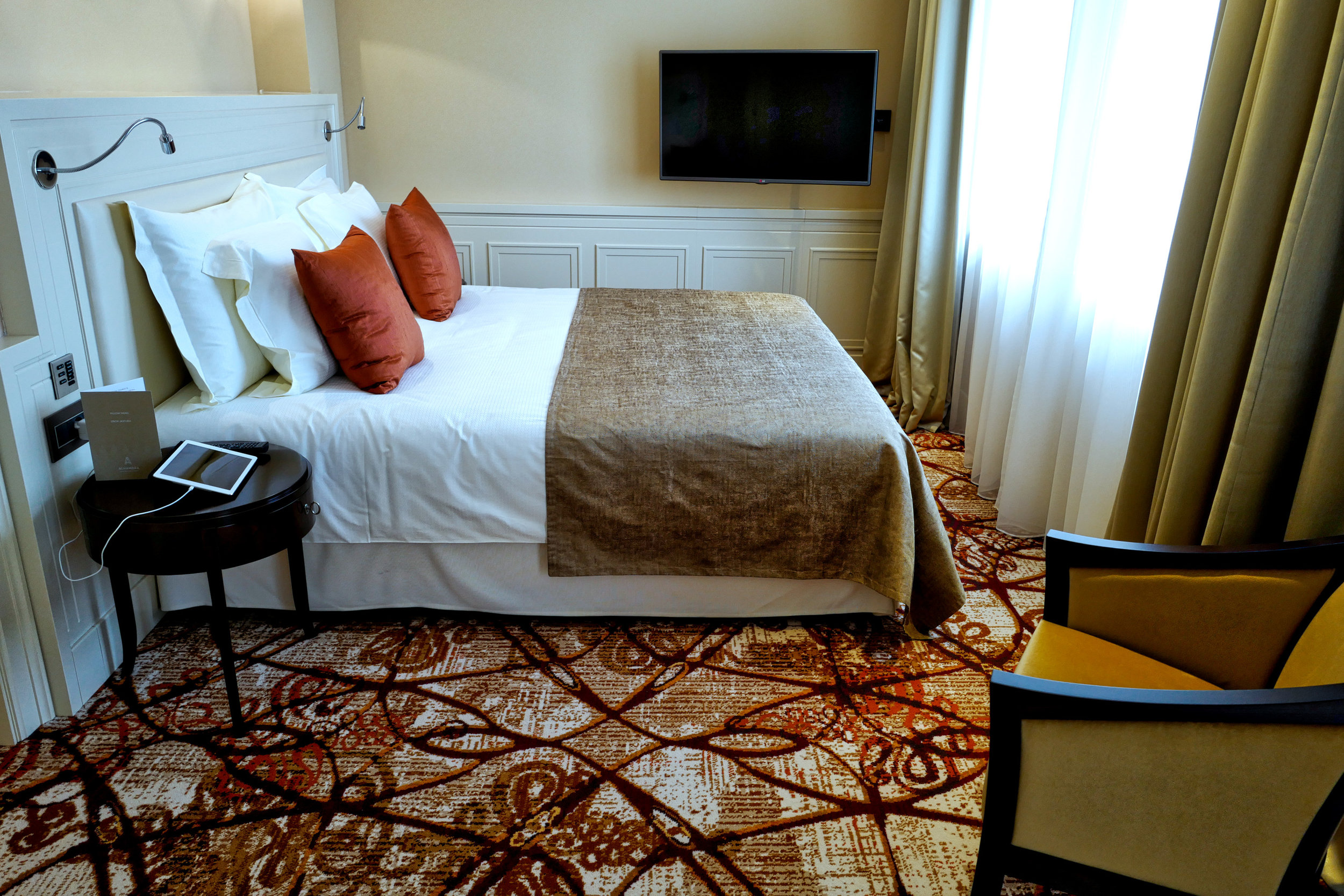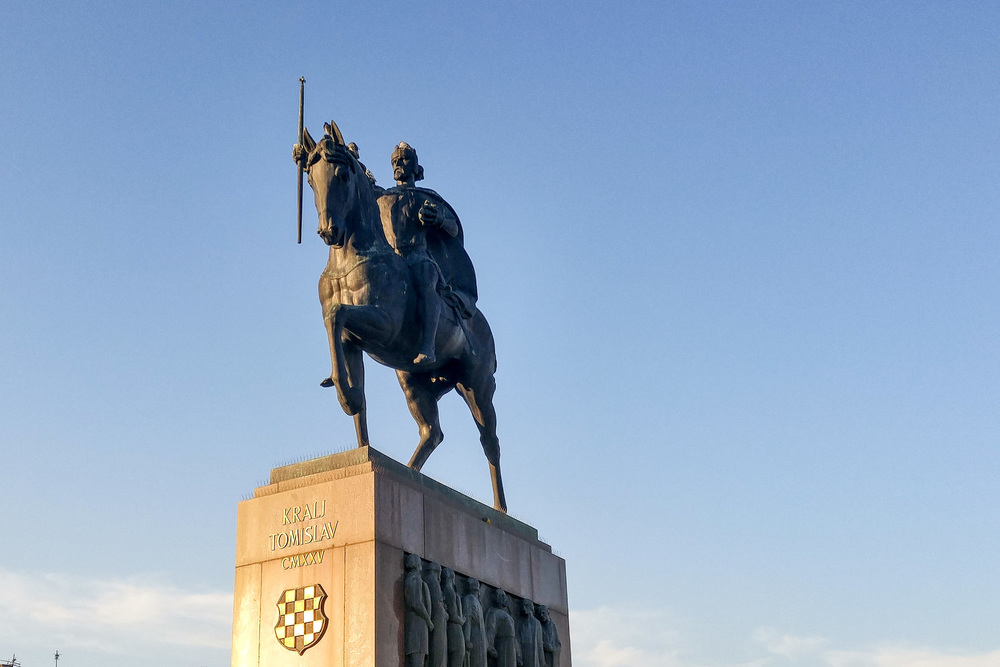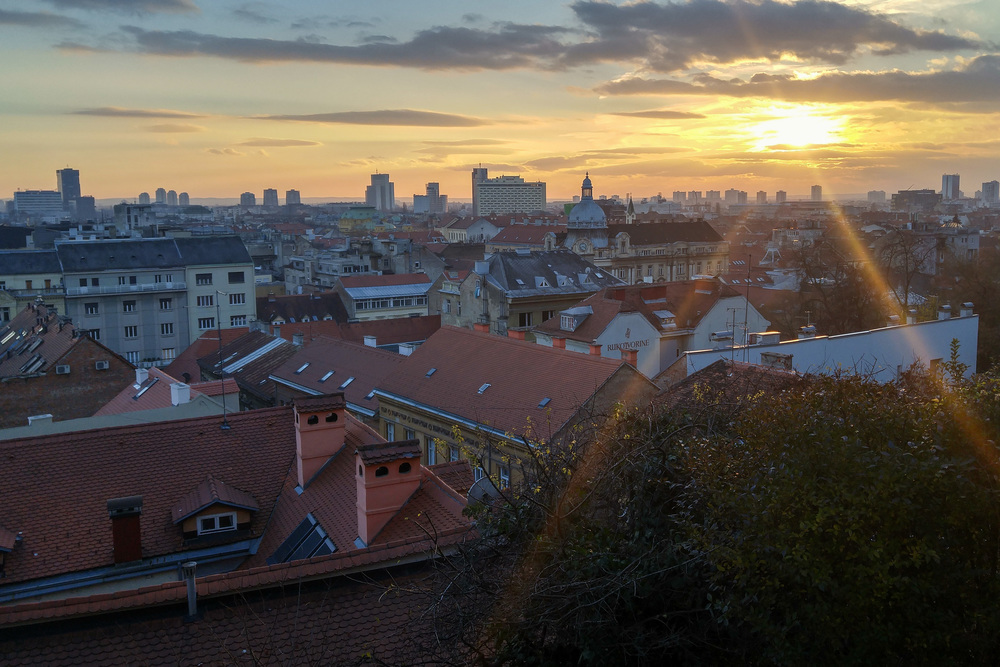The small medieval Croatian village of Pican is perched on a 350 meters high hill in the Istrian hinterland, 10km south east of Pazin.
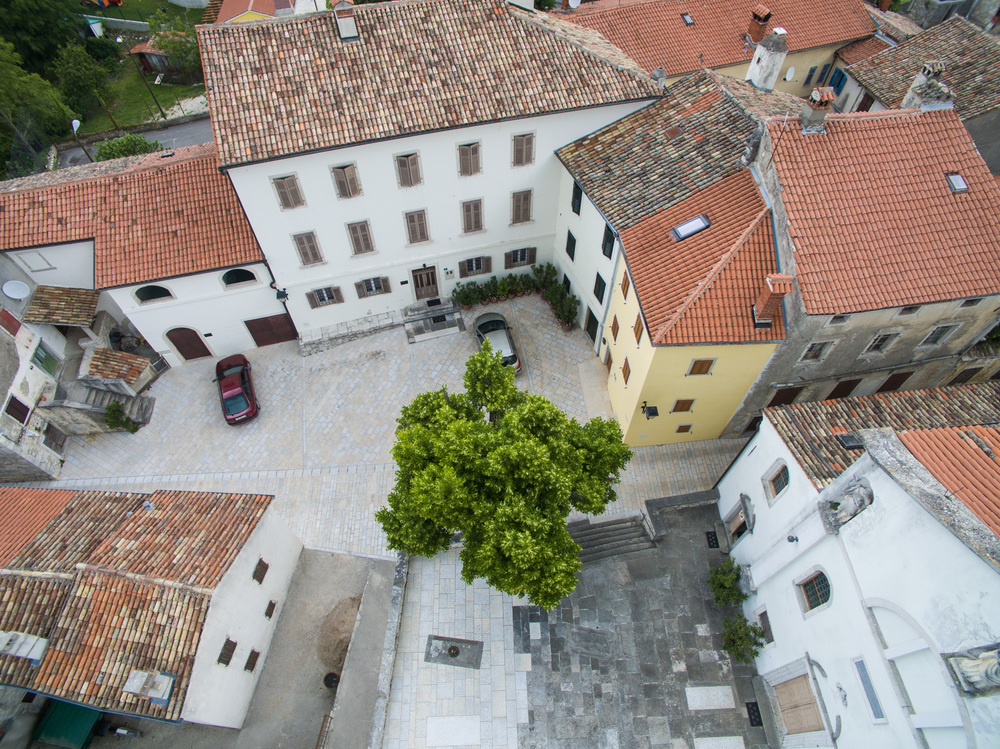
Inhabited by the Histri tribe in early prehistoric times and later on by the Romans naming it Petina, Pican has lost its past importance and nowadays counts just 300 inhabitants.
Pican is interesting for people searching for relaxation in its old houses surrounded by the charming countryside that offers numerous opportunities for hiking, cycling and other outdoors activities.
WHAT TO SEE
The only visible evidence of the Roman presence is the inscription on the stone incorporated in the doorpost of the house facing the bell tower. Erected in 1872 this 48 meters high campanile that dominates the place is the third tallest in Istria.
In the Middle Ages, the town was encircled by defensive walls that are preserved partially because, over time, they were mutilated by houses built on top of them. However, the main town gate, constructed at the turn of the fourteenth into the fifteenth century and renovated in the 17th century is well conserved.
The fact that Pican was the administrative centre of central Istria as well as Bishopric seat confirms the significance it once had. The Diocese of Pican established in the fifth century by Byzantium was one of the oldest and smallest dioceses in the world that survived until the eighteenth century(1788). Although small, thanks to its role in the past Pican has conserved a couple of interesting sacral edifices.
CHURCH OF ST. ROCK
Before you enter the town on the left side of the main gate there is the small Church of St. Roch dedicated to the patron saint of people afflicted by the plague or other infectious diseases. Its foundation stone was laid in the beginning of the 17th century during one of the most severe plague epidemics.
The park in front of the main gate to Pićan hosts the sculpture of St. John Nepomucene built in 1714.
CHURCH of ST. MICHAEL
The tiny Romanesque Church of St. Michael from the 13th century is situated at the top of 365 meters high Calvary Hill (Kalvarija), next to the cemetery. The interior of this single-nave building is decorated with valuable Gothic frescoes from the first half of the 15th century that were enriched by the Glagolitic engravings during the 15th and 16th centuries. Being located on a hilltop, its natural viewpoint offers a spectacular view of the surrounding area. In addition, this beautiful view was embellished by the stone sculpture The Family by Nane Zavagno, who took part in the Mediterranean Sculpture Symposium at Dubrova near Labin.
THE CHURCH OF THE ANNOUNCIATION OF THE BLESSED VIRGIN MARY
This parish church was built on the foundations of a former cathedral of St. Nikifor from the 14th century. The main nave of the old Medieval church was expanded in 1613 but it acquired its current external form after its thorough modification between 1753 and 1771. Its interior was also redecorated in baroque style and the main altar is adorned with a painting of The Annunciation by Valentin Metzinger. Tombs of the bishops of Pićan and other meritorious citizens of Pićan, decorated with relief and coats of arms, are placed under the church floor and the plateau in front of the church. Also, the notes of the “Pican's mess” celebrated in Old Church Slavon by the Glagolitic priests that is performed even nowadays are found there. Its bell tower stands separate from the church and offers a splendid view of the Istrian countryside.
BIRTHPLACE of Matko Brajša Rašan
Pican is also the birth place of Matko Brajsa Rasan (1859. – 1934.), choir master, recorder of old Istrian melodies whose birth home is located opposite the parish church. In 1912, he also composed the current official Istrian anthem Krasna zemljo after the lyrics of Ivan Cukon.
VIEWPOINTS
Whole Pican has beautiful views of the Istrian countryside but the most beautiful view is from the church of St. Michael.
The Franz Ferdinand's Viewpoint situated in front of the cathedral offers an unobstructed view over the undulating landscape of central Istria.
The viewpoint of saint Helen, named after the church which once stood in this place is also recommended. In addition, this part of the old sleepy village is piled with old abandoned houses with rustic lintels and stairs cut in rock.

BICYCLING ROUTES
Gracisce – Pican -Gracisce
33 km long circular route Gracisce – Lovrici – Skopljak – Floricici – Sopot – Pican – Medigi – Montovani – Oric – Pazanci – Jakacici – Simuncici – Brunici – Gracisce is 50 % surfaced with asphalt that can be done in 3 hours. As the road is very demanding due to the great downward slope to Sopot and upward one to Pićan it is recommended to be ridden only in direction as described above.
Pazin 3 or Pazin istok
This 100% asphalted, 64 km long circular route of medium difficulty could be done in 3 hours. Its hiking points are : Pazin – Cerovlje – Paz – Susnjevica – Vozilici – Krsan – Pican – Gracisce – Lindar – Pazin.
HIKING TRAILS
St. Nicefor 8 km long circular trail starting and ending in Pican for much of its length runs through fields. Its hiking points are : Pićan, Pedrovica, Vrh Kružac, Jelčići, Baldeti, Sv. Krištof and Lukeži.
Other interesting paths are :
Path of St. Rok
Benkovski slap
Pićan - Gračišće
Pićan - Gologorički dol
Also, two major Istrian waterfalls, Sopot and Benkovski, are located in the vicinity of Pican.
EVENTS
Legendfest
The festival of Istrian legends, tales and myths is held at the end of July and at the beginning of August.
Leni Martin - Lazy Martin
Exhibition of young wines from central and northern Istria as well as from Labin region is held at the end of November and attracts a lot of wine enthusiasts and experts.
Rokova
St. Roch festivity, Pican's saint patron, with all day programme is held in the middle of August.
Petivina
Wine exhibition of eastern Istrian vineyards is held at the end of may.
HUNTING
Public hunting area of Pićan , under the direction of the Kamenjarka Pićan hunting association is at the disposal of the hunters.
LD «Kamenjarka Pićan »
Sv. Katarina 35
52332 Pićan
TOURIST INFORMATIONS
Tourist office for Pican as well as for whole central Istria is situated in Pazin.
Franine i Jurine 14
52000 Pazin
+385 (0) 52 622 460
info by croatiaview.com
This post has not been sponsored and I did not get media samples or freebies. For more information, check out my full disclaimer policy.



